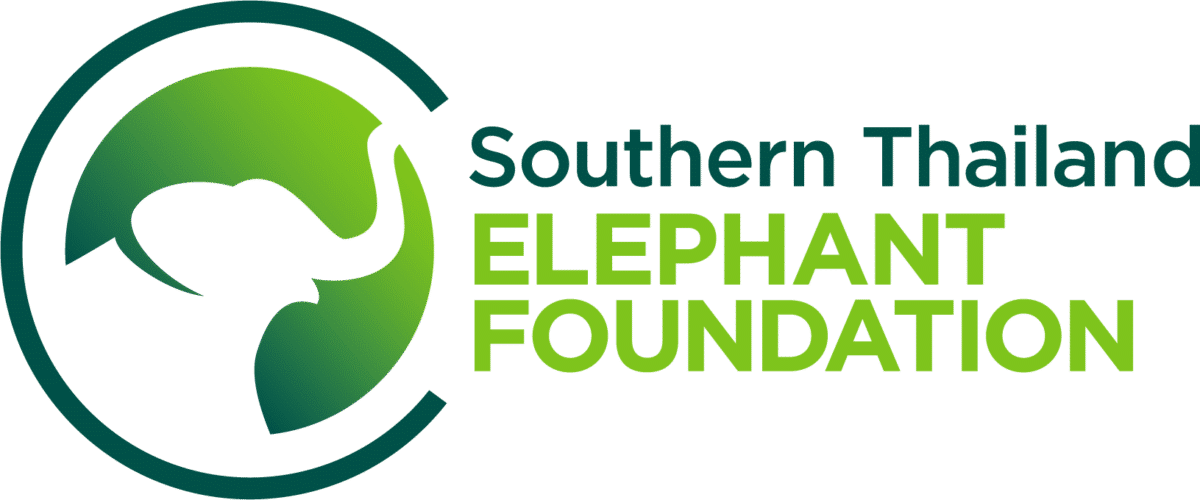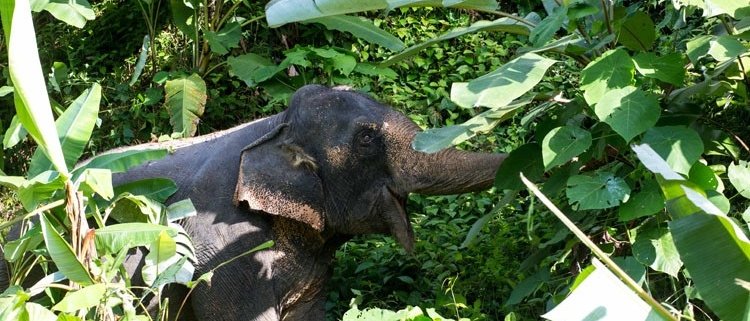An Elephant’s Favourite Thing
An Elephant’s Favourite Thing – Food!
Elephants are herbivores. This means that they have a plant-based diet and eat a lot. Read on to find out how these gentle giants make more than a meal from the surrounding plants of the jungle.


Elephants like variety, however, and an individual can eat over 100 different plant species throughout the year, including grasses, leafy plants, sedges, woody plants, bark, fruits and flowers. As generalist feeders, their diet is flexible depending on what is available for the time of year and region. They are also selective grazers and are taught by their mothers to avoid plants that are toxic or might cause digestive disturbances.
Elephants have been observed learning what to eat during different seasons. For example, they preferentially eat grasses in the wet season, when grasses have higher protein levels. This intelligent feeding pattern also helps elephants build up their nutrient reserves, protecting themselves from seasonal fluctuations.

This activity creates habitats and food sources for hundreds of other species to thrive. Asian elephants are a flagship species: by protecting them, we can protect whole ecosystems. Many human activities are reducing the food sources available for elephants; climate change is expected to increase severity of heavy rains and frequency of drought.
What about Captive Elephants?


The concentrations of protein, minerals and vitamins in plant matter decrease with age, so it is important to feed elephants fresh material and also to allow them to freely browse diverse natural vegetation.
Find out more:
Elephant World. (2019). Elephant Feeding. Available: https://www.elephant-world.com/elephant-feeding/. Last accessed 09.11.19.
Phang Nga Elephant Park. (2015-2019). Asian Elephant Profile. Available: https://phangngaelephantpark.com/asian-elephant-profile/. Last accessed 09.11.19.
Further References:
Koirala, R.K et al. (2016). Feeding Preferences of the Asian Elephant (Elephas maximus) in Nepal. BMC Ecology. 16 (54).
Sukumar, R. (1993). Nutrition and Foraging. In: Eltringham, S.K et al The Asian Elephant: Ecology and Management. Cambridge: Cambridge Studies in Applied Ecology & Resource Management) (Cambridge Studies in Applied Ecology and Resource Management. p82-83.


